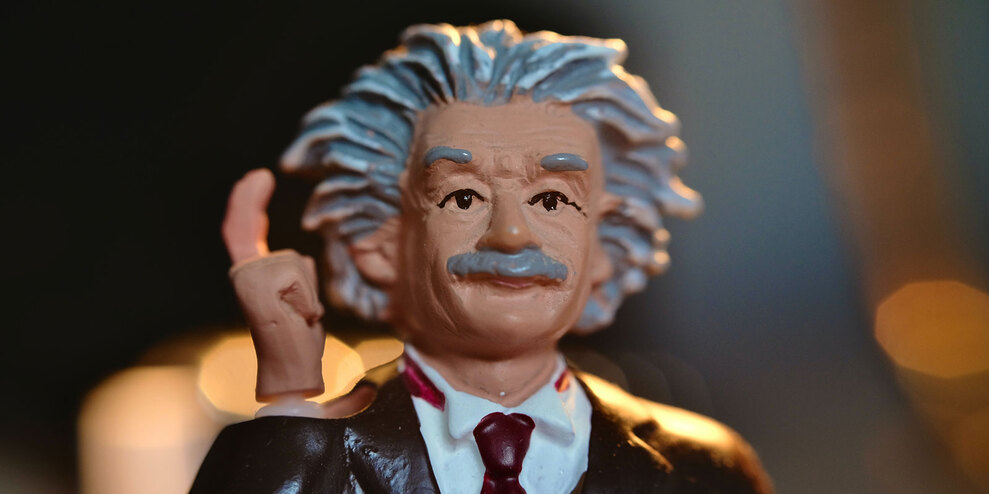An underutilized resource for advertisers
What do CRISPR, ‘Oumuamua and a bobcat eating python eggs have in common? Surely, you guessed it immediately. They are all recent, major scientific discoveries that have never been used in advertising.
CRISPR is a gene editing technology that allows for precise modification of DNA. Among many other things, it provides a new way to treat genetic disorders and may help cure things like cancer and diabetes.
‘Oumuamua is the first known interstellar object to pass through our solar system. It looked an awful lot like an alien spaceship (which it wasn’t), but it nonetheless gave astronomers a unique opportunity to deepen our understanding of the universe.
And last year, scientists observed a bobcat in the Everglades eating a python’s eggs. Then, when the python returned to the nest, the undeterred bobcat gave it a whack with its claw. Burmese pythons have been ravaging the local ecosystem, and this offers the first evidence that native animals may be fighting back.
Still reading? Then, I have already made my point. Science is cool, not least because it contains so many interesting stories and possibilities. But it is also one of the most underutilized resources for advertisers today.
A search for recent collaborations between real scientists and advertisers turns up only a few notable projects. Google, for example, partnered with NASA’s Mars Rover Perseverance on a fun video touting the features of its phone. Northrop Grumman spoofed Apple’s “Shot on a iPhone” campaign with a “Not Shot on an iPhone” OOH campaign that featured the James Webb Space Telescope.
These are exceptions to the rule. We may see some uses of A.I., but rarely anything from the worlds of bioscience, archaeology, food science, geophysics, or palaeontology—all of which are filled with amazing discoveries that are changing our understanding of the world.
Ignoring them is a huge miss. As advertisers, we are continually tasked with coming up with something new. New stories are the ones that get noticed, passed around and gain cultural currency.
The job of scientists, of course, is analogous but more important. Advertisers often talk about pushing boundaries, but that typically means cultural boundaries. Scientists are the ones who are pushing the real boundaries of knowledge. And they have never done so more quickly than today, when different technologies are feeding on each other to come up with surprising new answers to age-old questions.
By partnering with scientists working at the extreme edges of their fields, we can use our story-telling capabilities to benefit us both. For example, most of the time, scientists talk to one another in journals (and believe me, I often read their papers, and they are not intended for public consumption). Generally speaking, they are not great storytellers, but many would like the public to be better educated about what they are doing and why it’s important.
The benefits for advertisers are even more profound. At a stroke, scientists can put us at the forefront of what’s happening in the world and enable us to highlight things that are of deep interest and concern to people.
For what it’s worth, I’ve always found scientists quite open to working with me as an advertiser. One of my earliest tries at this, for example, was a project called The Next Rembrandt,in which my team worked with A.I. scientists and art historians to create a “new” painting by the master. Like similar projects, all it took was a simple phone call to reach out and get the conversation started. Obviously, we were not able to speak intelligently to each other at first. However, we started asking each other questions and began a conversation, and out of that came a project that really worked.
So, when looking around for the next Big Idea, you may not want to dream up a clever jingle or a hilarious new character. You might find yourself thinking about a bobcat dining on snake eggs or a hunk of rock that looks an awful lot like an alien spaceship. After all, inspiration can come from anywhere, and especially from science.
ENDS
—
This article first appeared https://musebycl.io
Seeking to build and grow your brand using the force of consumer insight, strategic foresight, creative disruption and technology prowess? Talk to us at +971 50 6254340 or engage@groupisd.com or visit www.groupisd.com/story



